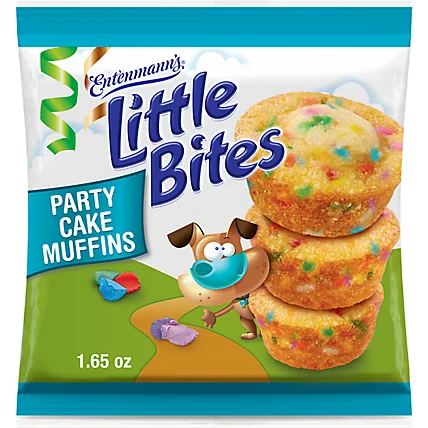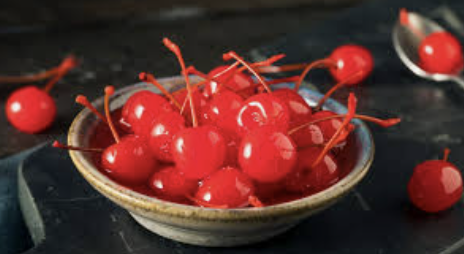Red dye #3, also known as erythrosine, is a synthetic food coloring derived from petroleum. It’s used in a wide range of products to make them look more appealing—think brightly colored sodas, candy, and even processed fruit.
However, despite its aesthetic role, it has no nutritional value and often doesn't reflect actual ingredients, like strawberries in "strawberry" flavored products.
Why is this dye so controversial?
The U.S. banned it in cosmetics in 1990 after research linked it to thyroid cancer and potential behavioral issues like ADHD. Yet, it’s still approved for use in food products, though California has already become the first state to ban it as a food additive. Manufacturers have until 2027 to phase it out completely in the state.
Where is Red Dye #3 Found?
According to Newsweek, the following currently contains Red dye #3:
Candies
Pez Candy Assorted Fruit
Dubble Bubble Original Twist Bubble Gum
Brach's Candy Corn
Jelly Belly candies
Trolli Sour Crunchy Crawlers
Baked Goods and Snacks
Entenmann's Little Bites Party Cake Mini Muffins
Betty Crocker Fruit by the Foot
Toaster pastries
Cookies with red icing or decorations
Dairy and Frozen Desserts
Strawberry-flavored milk
Specific ice cream flavors and frozen yogurt
Ice pops and frozen fruit bars
Fruit Products
Maraschino cherries
Some fruit cocktails
Beverages
Yoo-hoo strawberry drink
Certain sodas and fruit-flavored drinks
Medications and Supplements
Some cough syrups
Gummy vitamins
PediaSure Grow & Gain Kids' Ready to Drink Strawberry Shake
Why Avoid Red Dye #3?
Research has shown that red dye #3 could increase the risk of cancer, particularly thyroid cancer, and may contribute to behavioral problems like hyperactivity in children. It’s banned in many European countries due to these health concerns.
The good news is that many companies are moving toward safer, natural alternatives like beet juice or paprika extract to color their products.
A Growing Awareness







Comments